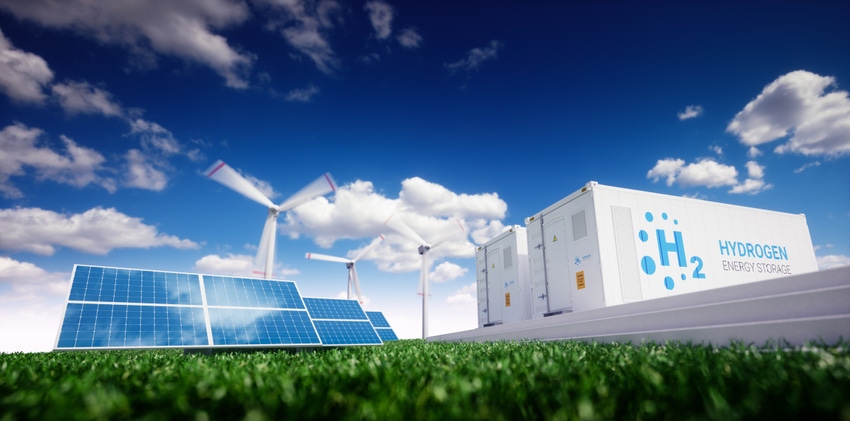
Connects decision-makers and solutions creators to what's next in quantum computing
Work with the University of Toronto used quantum-inspired methods to develop an improved catalyst
December 20, 2022

Researchers from Fujitsu and the University of Toronto's faculty of applied science and engineering have developed a new quantum-inspired method for searching chemical compounds to locate materials with desirable properties. The team then used this process to develop a promising new catalyst material that promises to reduce the price of producing clean hydrogen.
Commercial hydrogen is currently produced using natural gas. This process produces carbon dioxide as a byproduct, a substance known as "gray hydrogen" if vented to the atmosphere and "blue hydrogen" if captured and stored.
In contrast, "green hydrogen" is produced by a carbon-free method using electrolysis to produce hydrogen and oxygen gas from water. However, this water-splitting process wastes energy as heat due to the low efficiency of current electrolyzers.
Trying to improve this efficiency by creating a new catalyst material proved challenging. The number of ways the researchers could combine catalyst materials offered more permutations than standard methodologies could investigate.
To review all potential solutions, the team employed a quantum-inspired Digital Annealer technology created from the partnership between the University of Toronto Engineering and Fujitsu Research.
"The Digital Annealer is a hybrid of unique hardware and software designed to be highly efficient at solving combinatorial optimization problems," said Hidetoshi Matsumura, senior researcher at Fujitsu Consulting.
"Searching through different combinations of chemical elements to find a catalyst with desired properties is another example, and it was a perfect challenge for our Digital Annealer to address."
This discovery puts researchers one step closer to creating more environmentally friendly ways to store energy, particularly energy derived from intermittent renewable resources like solar and wind power.
About the Author(s)
You May Also Like






